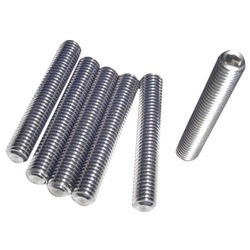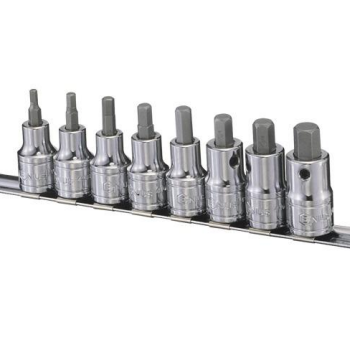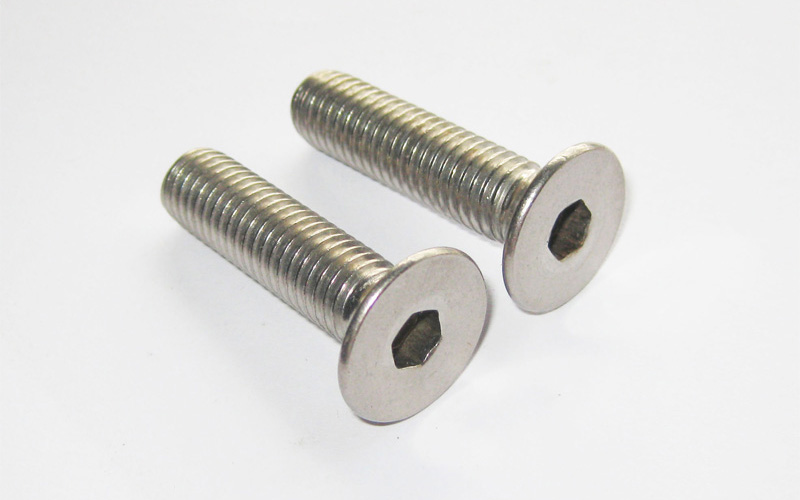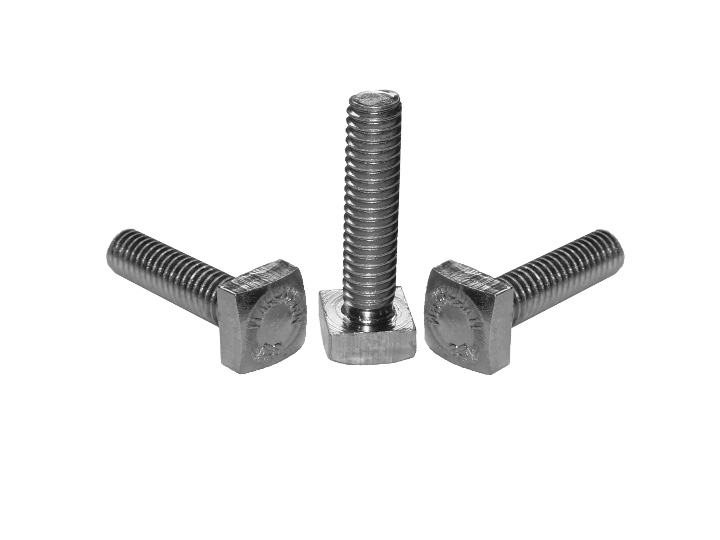Công TY TNHH sx -tm
hồng nhật quang
Screws or bolts are a mechanical product mounted by friction created by the spiral. In fact, people have little distinction between screws and bolts. Screw bolts are widely used in the mechanical industry, making it easy, tight, simple and quick to remove, assemble and adjust machine parts. Application screw bolts are also very diverse in terms of serving different needs, depending on the need to use bolts that can be combined with many different screws.
Classification Screws
1. Screw implant

The implant screw is a part with both ends running threaded and is often used to pair thick parts with bolts when thick parts made of materials are less durable than bolts materials. For example, steel bolts and thick parts are made of cast iron to avoid damaging the thread holes after mounting.
2. Even hexagonal screws

This type of screw is commonly used in mechanical field with hexagonal head shape, which allows it to increase its tightening ability into machine parts and make tightening fast and simpler.
3. Submerged hexagon head screws

For tightening force more durable than the external hexagonal screw head. However, the hexagonal head is submerged in the hole so it is easy to be closed to dust and grease, so it must be cleaned before screwing.
4. Pake head screw


Slotted head screws are rarely used in mechanics because the tightening force is not large and easy to twist. The square head screw has good strength, the force is very strong, it is difficult to be flushed but the angle of rotation is large to 90 degrees, so it is less used in narrow capital machines, except in spacious places and need a large force to tighten the toolbox on lathe , turn the lathe chuck ...






Hotline